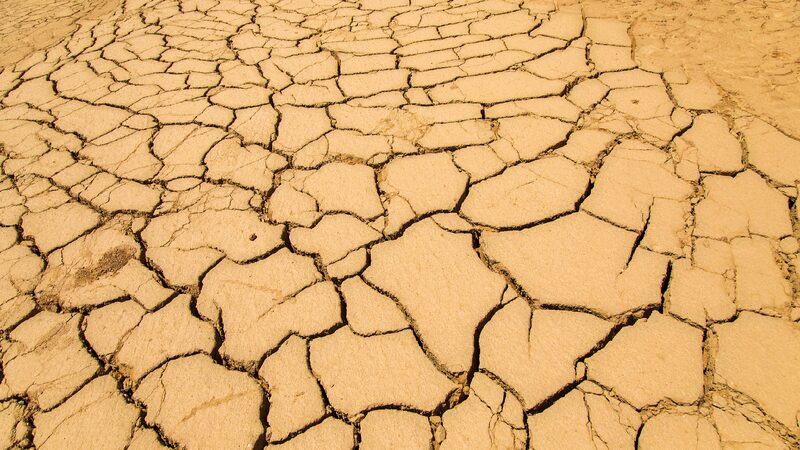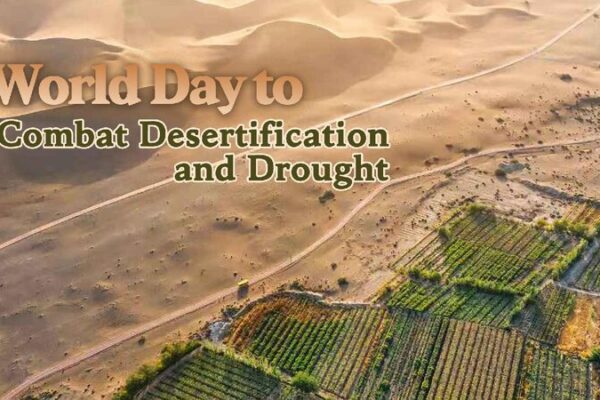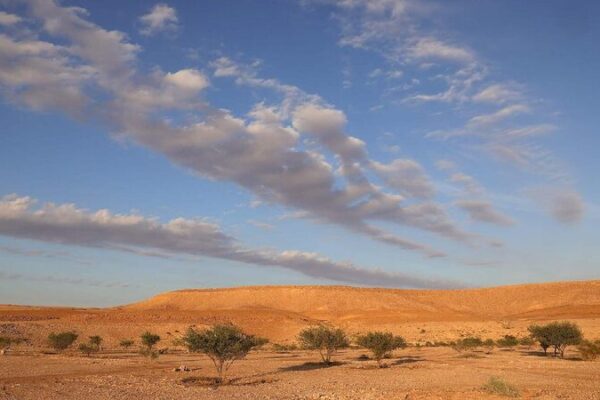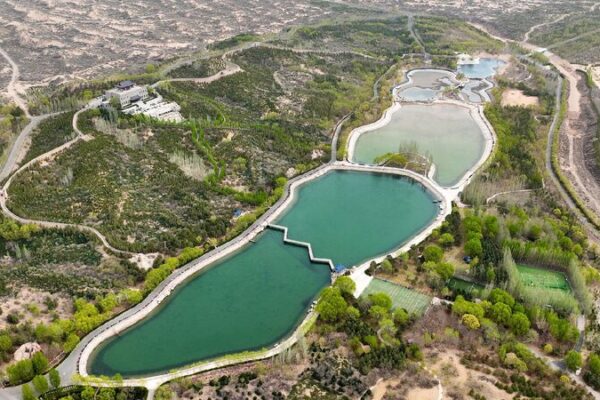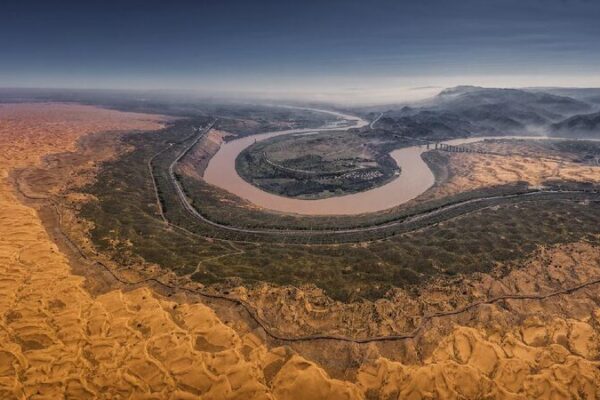China is turning deserts into forests, and the world is taking notice. Faced with the threat of desertification—a process that turns fertile land into desert—China has launched massive efforts to reclaim and restore its arid regions. Their success could offer a blueprint for countries grappling with similar challenges.
Desertification is a global crisis. It affects over two billion people worldwide, threatening ecosystems, economies, and livelihoods. Each year, the world loses productive land the size of South Africa due to degradation and desertification. Climate change, with its rising temperatures and shifting rainfall patterns, is making the problem worse.
Enter China’s ambitious “Green Great Wall.” Officially known as the “Three-North Shelterbelt Project,” this monumental initiative began in 1978. Spanning over 4.9 million square kilometers across northern China, it aims to halt the spread of deserts like the Gobi. Over the past four decades, more than 66 billion trees have been planted, transforming vast barren landscapes into green forests.
The results are staggering. Forest coverage in the project area has increased from 5% to nearly 13%. In areas like the Kubuqi Desert, vegetation now covers over one-third of the land—a remarkable turnaround for regions once plagued by relentless sandstorms.
Technology plays a crucial role. China uses advanced satellite monitoring to track desertification in real time, allowing for timely interventions. Innovations like water-saving drip irrigation systems make it possible to sustain plant life in harsh, dry conditions. Researchers have also developed drought-resistant plant species suited to arid environments.
But it’s not just about technology. Community involvement has been key to China’s success. Millions of rural residents have participated in tree planting and soil conservation efforts. In the Ningxia Hui Autonomous Region, farmers are growing wolfberries (goji berries), which thrive in dry climates and provide economic benefits.
Environmental restoration is boosting the economy. Reclaimed desert areas are now home to solar farms, taking advantage of abundant sunlight to generate renewable energy. The Kubuqi Desert alone produces around 1.8 billion kilowatt-hours of solar power annually. Additionally, eco-tourism and the cultivation of medicinal plants are providing new sources of income for local communities.
China’s success offers hope for the world. It shows that with long-term commitment and innovative strategies, it’s possible to reverse desertification. As climate change continues to challenge global ecosystems, China’s model demonstrates that environmental restoration and economic development can go hand in hand.
The global community can learn from China’s experience. By adopting similar approaches—combining technology, policy, and community engagement—other nations can tackle desertification and build a sustainable future.
As we face the growing impacts of climate change, it’s time for coordinated global action. China’s “Green Great Wall” is more than a national project; it’s an inspiration for what can be achieved when we commit to protecting and restoring our planet.
Reference(s):
China's desertification victory offers a roadmap for sustainability
cgtn.com

